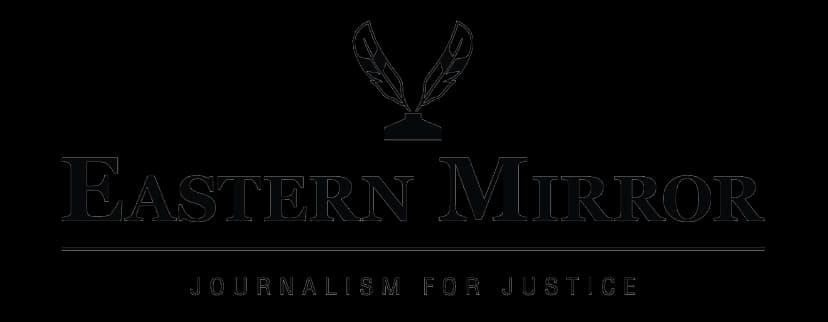SATURDAY, JULY 19, 2025
- Home
- Is this the Death Knell ?
Is this the Death Knell ?
Published on Jan 6, 2017
Share
As the date for filing of nominations to the Municipal and Town Council elections completed the third day the spectacle is becoming bigger by the hour as the number of nominations filed is still increasing even though the majority of the tribal hohos have given strong diktats to its respective members to refrain from filing. Except for Kohima Municipal Council and Mokokchung Municipal Council there have been a steady rise of nominations all across the state. The majority of tribal hohos have somehow shed all their differences and are trying its best to show a unanimous stand against the conduct of the polls though the interpretations of the issue and the overall understanding of the crux of the matter differs from one tribe to the other. However the current impasse and the tussle between the state government and the tribal hohos will be the one of the most prominent in recent history if not the first. In the past the state government came into direct conflict with the civil societies in such a big scale only in a few cases. The most prominent will be the case of the Naga Mothers Association and the Nagaland Baptist Church Council that were able to coerce the government to enforce total liquor prohibition in the state that resulted in an Act in the Nagaland Legislative Assembly. The others were mostly spearheaded by the Naga Students Federation out of which some were successful and some not. There was never a bigger move against the government by the apex tribal organisation as the present one since the genesis and the tribal organisations.
In retrospection, the concept of a pan tribal organisation for each tribe was already present among most of the tribes since the time of the British but it became more prominent during the process of negotiations prior to statehood and thereafter. Moreover the idea of the distinct Naga identity did not however die down and instead there was a revival of the tribal customs and traditions across Nagaland. The Indo-Naga issue also did not end after statehood and instead was followed by factional clashes and internecine killings. Somehow all these scenarios propelled the apex tribal bodies to a bigger platform with bigger roles to play. During the conflict years, many peace deals were brokered by the civil societies in the state, among the Nagas and even with non-Nagas. Many of those deals were quite beneficial even for the then ruling governments in the state since the civil societies came to its rescue many a times.
At present those same civil societies are now divided on the lines of gender and for the first time the apex tribal organisations of almost all the tribes are against the government. The government that co-opted these organisations for consultation and to assist in governance especially to discuss the wishes of the people have finally decided in its 53 years of statehood that it can bypass the tribal hohos. It is quite clear from the declarations made by the tribal organisations that in the next few days the matter is no longer about 33% women reservation in the ULBs but it is now more concerned with a government that has decided to sideline the opinions and the demand of the tribal hohos. This changed stance of the government and its persistence to go ahead with the polls, if successful, may sound the death knell of the tribal hohos itself. It acquires such high relevance because if the government considers that the wish of the tribal hohos is not the will of the people then how can the government of Nagaland in the future ensure that the decisions of the tribal hohos is the voice of the people especially with the ongoing peace talks.

